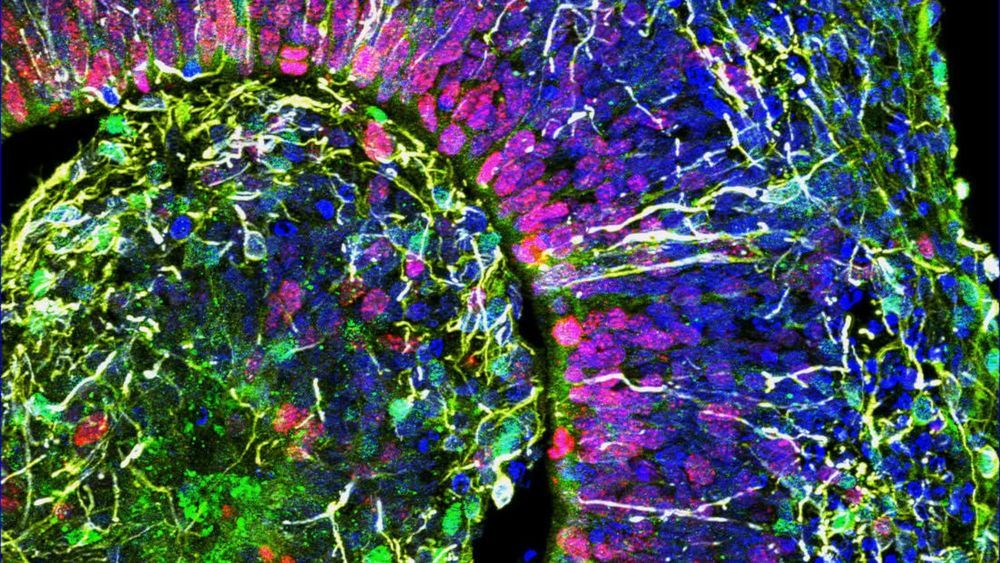One way that scientists can non-invasively study the human brain is by growing “mini-brains,” clusters of brain cells each about the size of a pea, in the lab. In a fascinating progression of this line of research, a team this week reports that they observed human-like brainwaves from these organoids.
Previous studies of mini-brains have demonstrated movement and nerve tract development, but the new study from researchers at the University of California San Diego, led by biologist Alysson Muotri, is the first to record human-like neural activity. In their paper, published in Cell Stem Cell on Thursday, the researchers write that they observed brain wave patterns resembling those of a developing human. This sophistication in the in vitro model is a step to enable scientists to use mini-brains to study brain development, model diseases, and learn about the evolution of brains, according to Muotri.
